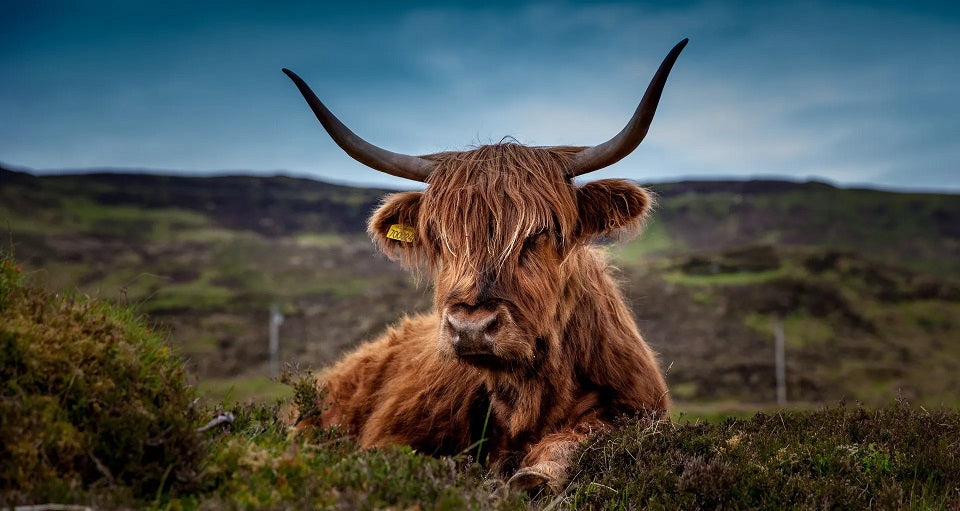Onze Filosofie
Als je écht begrip wilt krijgen van gezondheid, kun je niet om de blik terug naar onze evolutionaire geschiedenis heen. Ondanks dat moderne leefomstandigheden en levenskwaliteit beter zijn dan ooit tevoren, staan we vandaag de dag voor tal van gezondheidsuitdagingen. Als mens hebben we ons fysiek, psychologisch en sociaal nog niet kunnen aanpassen aan de snelle veranderingen van de laatste 12.000 jaar.
We leven nu drastisch anders dan onze verre voorouders. Hoewel jagen en verzamelen bijna 99% van de menselijke geschiedenis de basis van voeding en leven was, begonnen mensen pas 12.000 jaar geleden met het domesticeren van planten en dieren.
Onze huidige levensstijl en voeding zijn gebaseerd op cultuur en niet langer op natuur. Hoewel cultuur een belangrijke rol speelt in menselijke ontwikkeling, moeten we ons afvragen: hoe ver kunnen we gaan? Hoe verder we afdrijven van wat miljoenen jaren lang de norm was, des te groter worden de problemen.
Wat ons uniek maakt als mens is onze mogelijkheid om onze ecologische omgeving te manipuleren, maar dit brengt ook nadelen met zich mee, niet alleen voor ons maar ook voor de natuur. Tot kort geleden waren onze voorouders volledig afhankelijk van de natuur. Voedsel was afkomstig van de planten en dieren in hun omgeving, bepaald door seizoenen, beschikbaarheid, klimaat en biotoop.
In fysiologisch opzicht was hun beweeglijke levensstijl en natuurlijke eetgedrag perfect aangepast aan de behoeften van het menselijk organisme. Jagers-verzamelaars waren robuust, gezond en hadden goed ontwikkelde bewegingsapparaten. Tegenwoordig is alles anders, en dat merk je aan alles.
Evolutionair Perspectief op Voeding
Om gezondheid te begrijpen, moeten we het altijd bekijken vanuit een evolutionair perspectief. Niet alleen voor blijvende resultaten, maar ook om onszelf als mens beter te begrijpen. Dit betreft niet alleen voeding maar ook leefomgeving, beweging, en het gebruik van technologie.
Vlees, ongeacht de herkomst, bevat essentiële voedingsstoffen. Runderen die diverse weideplanten eten, concentreren gezonde fytonutriënten in hun vlees, zoals terpenoïden, fenolen, carotenoïden en antioxidanten. Belangrijk om te weten, omdat vlees zelden wordt beschouwd als een goede bron van deze plantaardige stoffen, vooral bij intensieve bio-industrie versus weidevlees.
Paleo-voeding en de Rol van Vlees
Mensen en hun voorouders consumeren al meer dan 3 miljoen jaar vlees. Historisch gezien was vlees schaars en werd de consumptie bepaald door beschikbaarheid. Vlees werd gekoesterd als voedzaam en symbolisch voedsel.
Voorouders aten niet alleen lokale plantaardige producten, maar ook vlees, vooral orgaanvlees. Ze aten het hele dier, inclusief huid, pezen en organen, van neus tot staart.
Orgaanvlees is de meest voedselrijke bron op aarde. Je kunt ruim 100 keer meer voedingsstoffen uit organen halen dan uit mager spiervlees! Orgaanvlees bevat alles wat het lichaam nodig heeft om te gedijen: vitamines, mineralen, peptiden, eiwitten en groeifactoren.
In de prehistorie zou alleen mager spiervlees niet genoeg zijn geweest om te gedijen. In de moderne wereld eten we echter voornamelijk mager spiervlees en hebben we het eten van neus-tot-staart opgegeven.
Collageenrijk vlees of organen hebben vandaag de dag niet meer de voorkeur boven magere en malse vleessoorten. Het verschil tussen historische en moderne consumptie is opvallend. Vanuit een paleo-perspectief, waar het neus-tot-staart-concept wordt benadrukt, is het cruciaal om voldoende orgaanvlees te eten.
Grasgevoerd vlees, orgaanvlees, scharreleieren, zeevruchten, gefermenteerde zuivel en andere dierlijke producten zijn de multivitaminen van de natuur! Ze zijn niet alleen de meest complexe voedingsmiddelen van dierlijke oorsprong, maar bevatten ook de meest biologisch beschikbare voedingsstoffen.
Eten van neus tot staart betekent niet alleen een specifieke set micronutriënten binnenkrijgen, maar ook een heel evolutionair pakket aan andere voedingsstoffen. Dit is de basis van gezonde voeding, en je kunt hier vandaag nog je voordeel mee doen!


